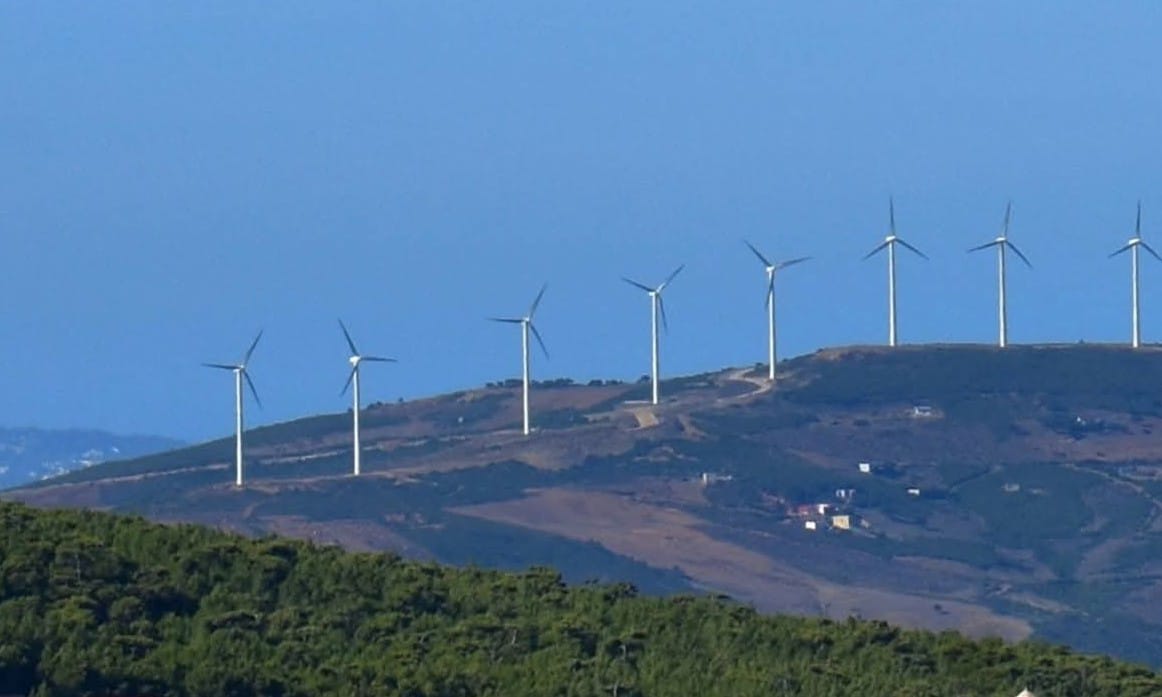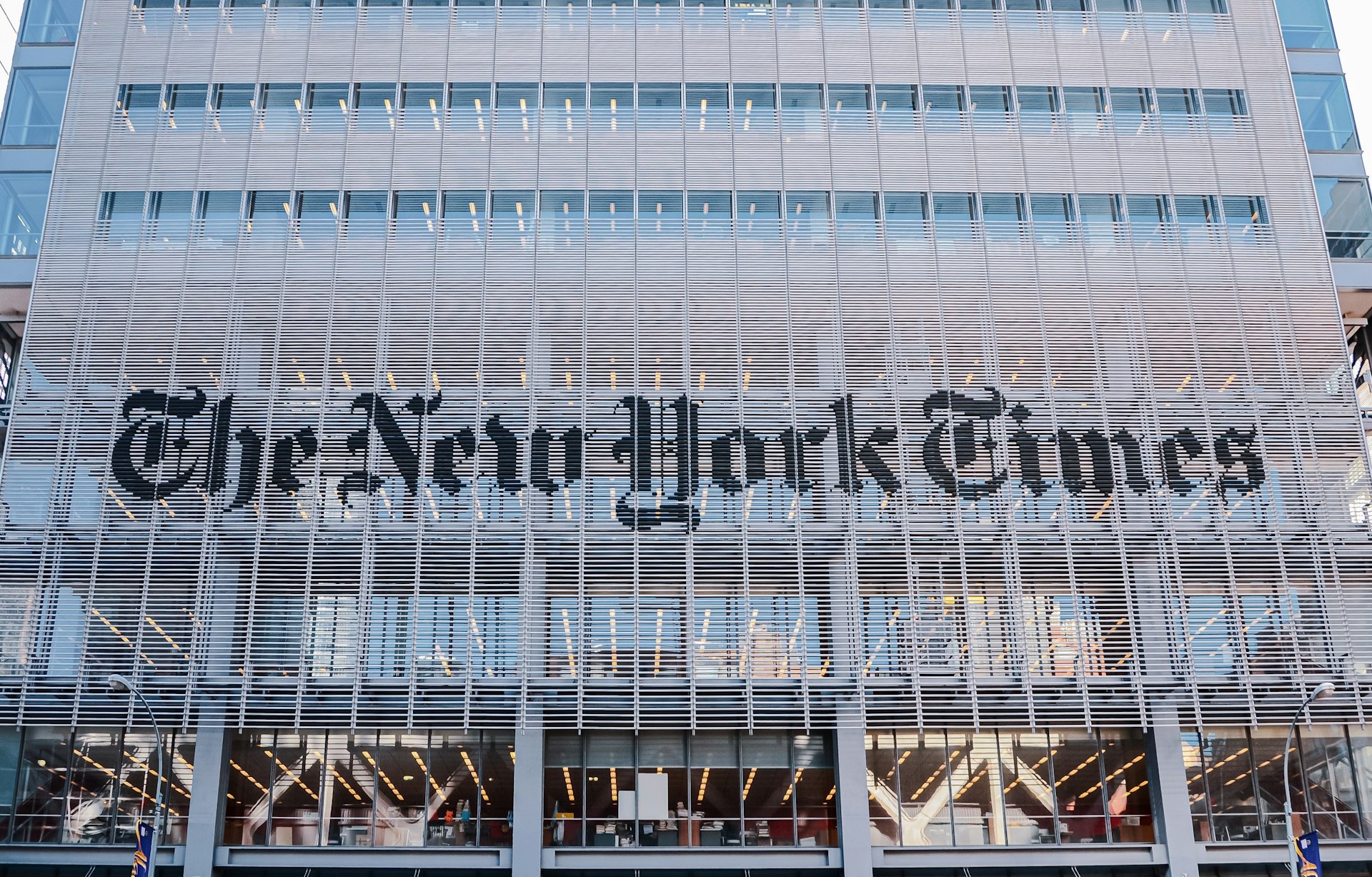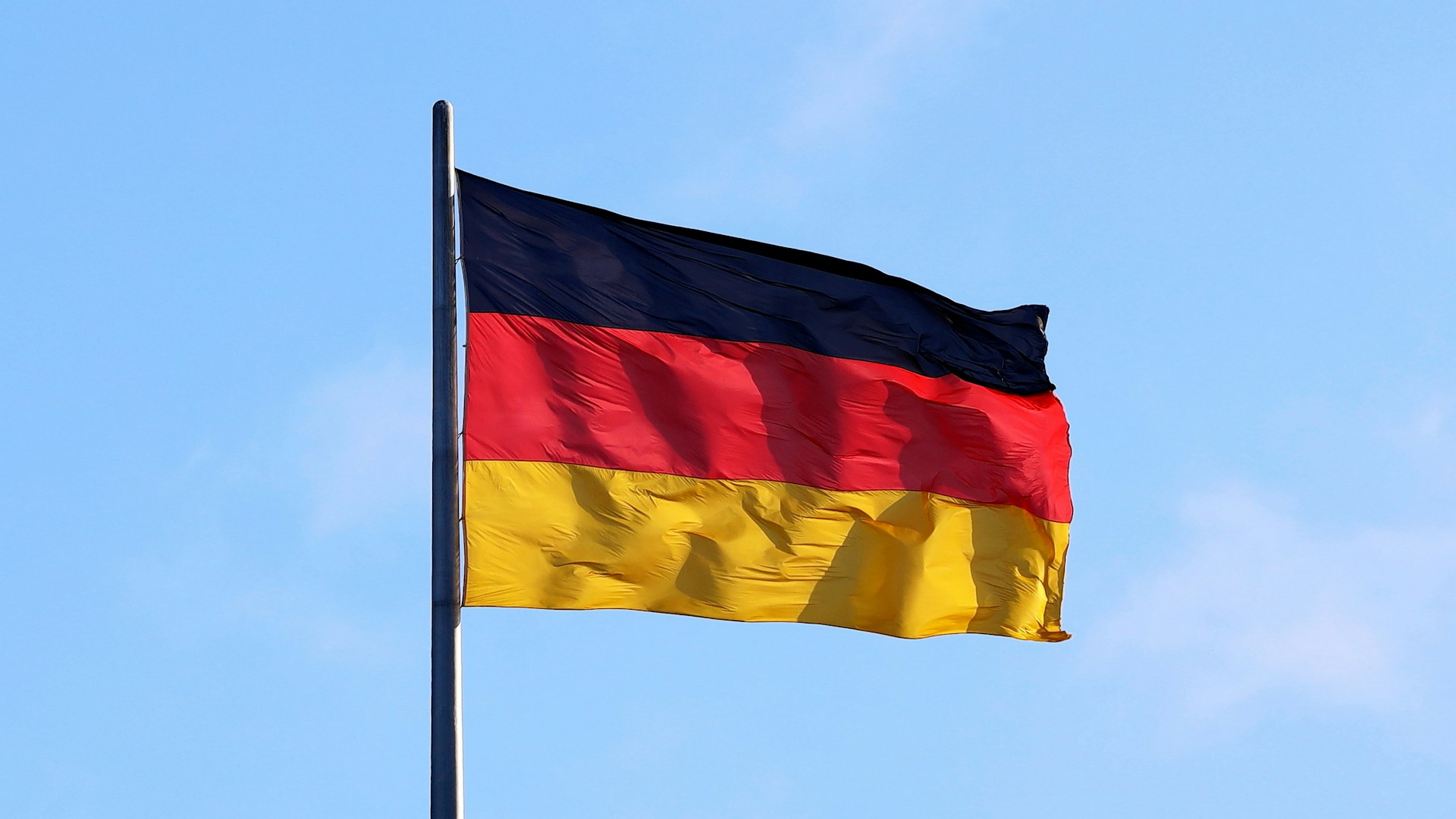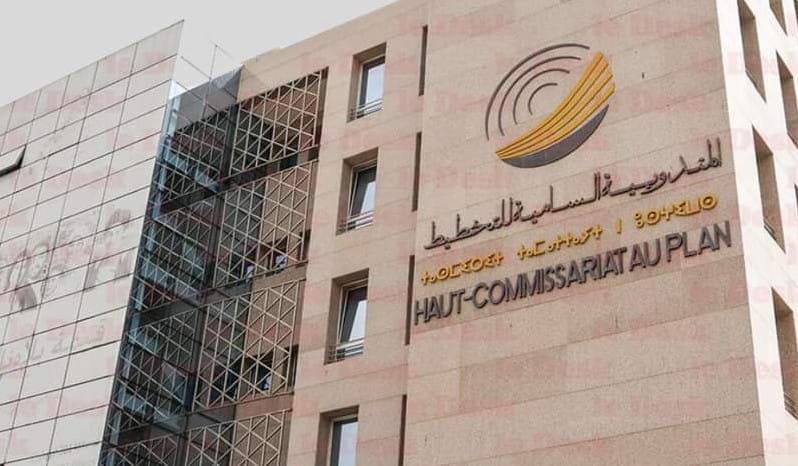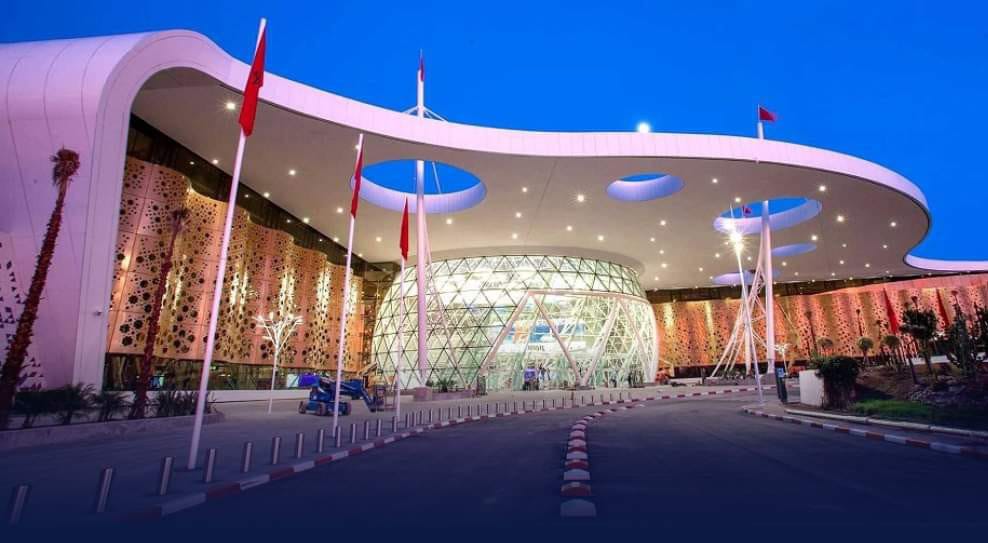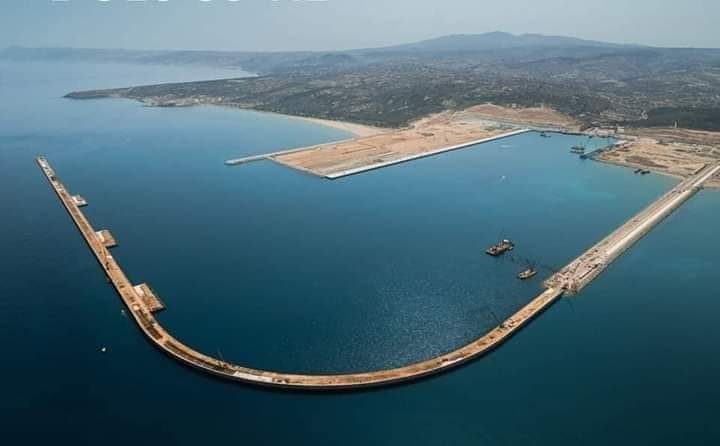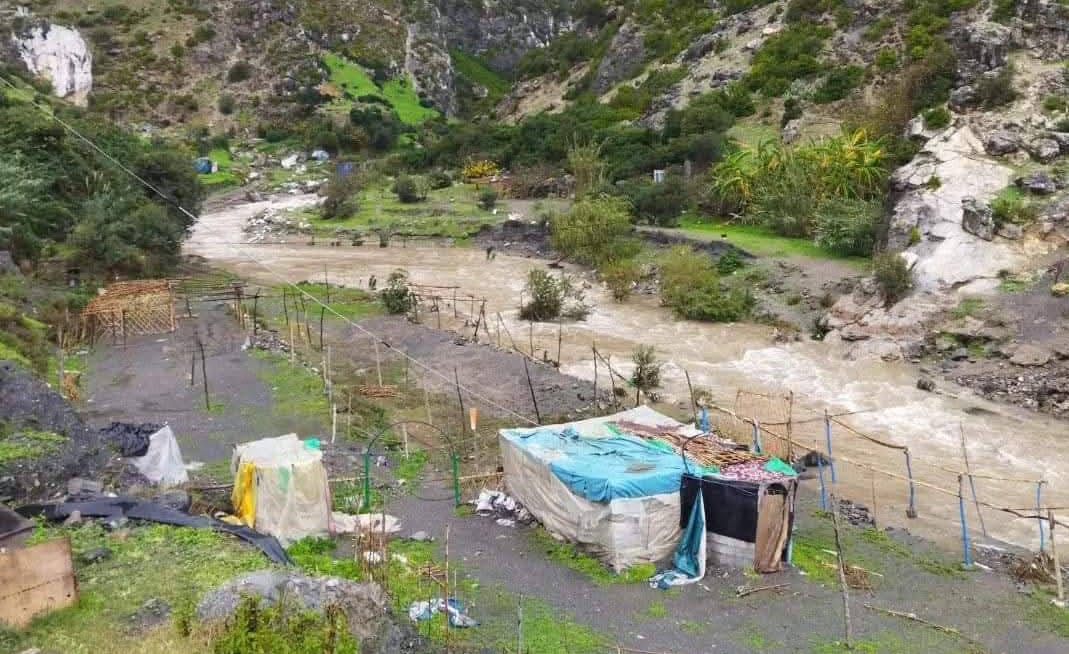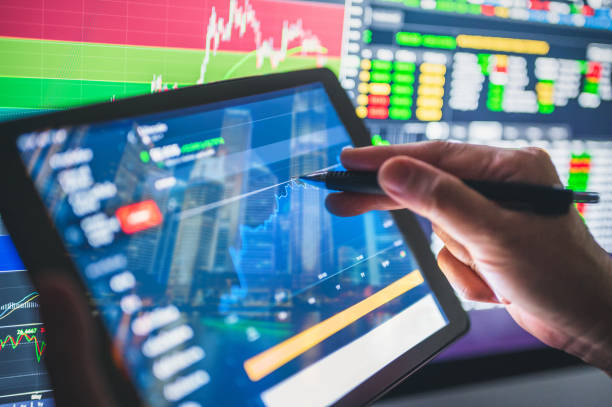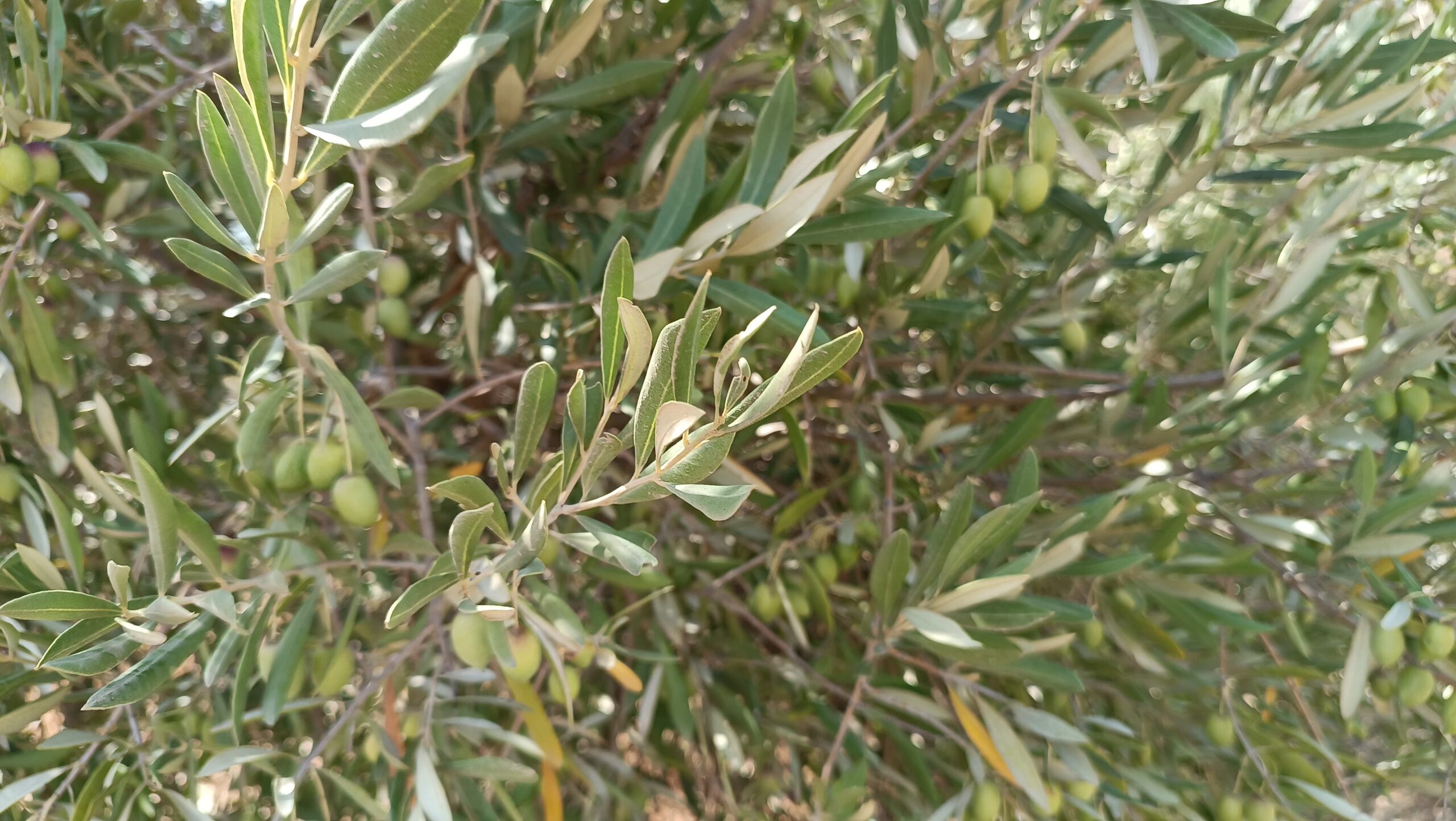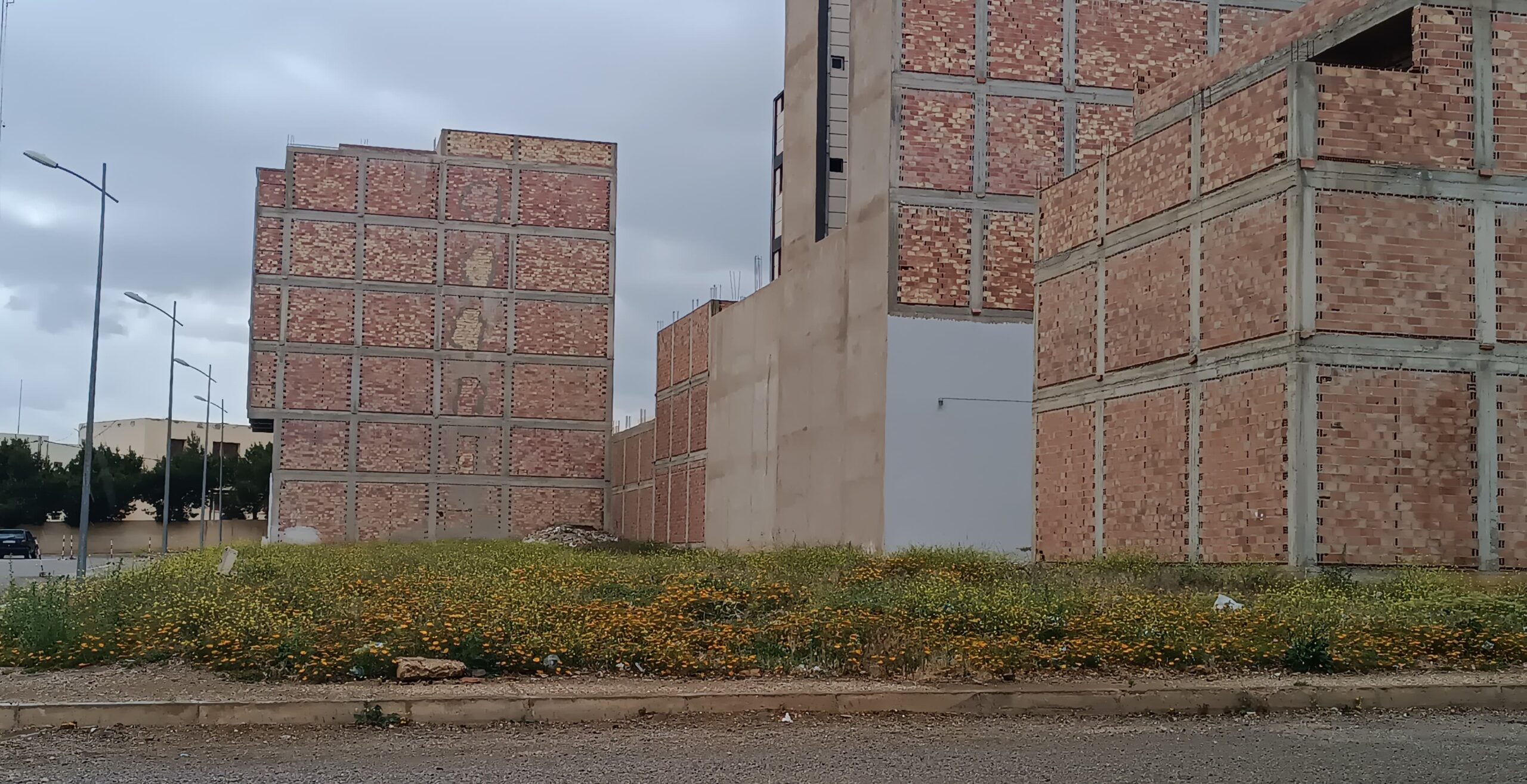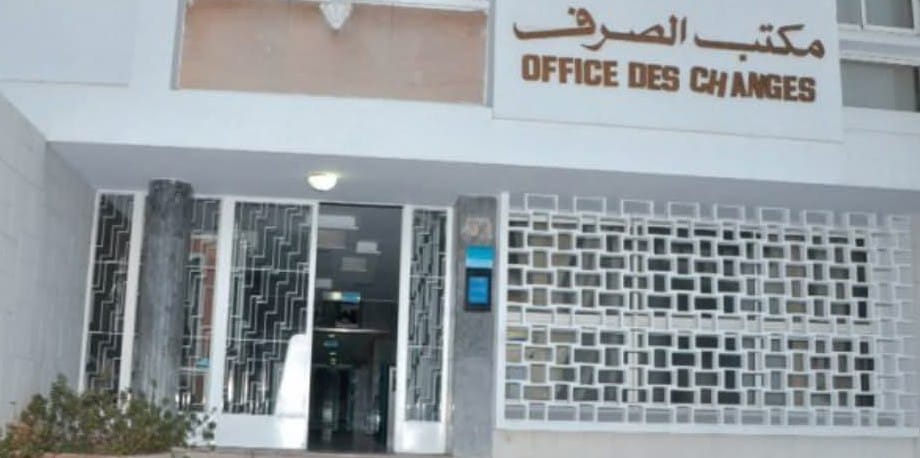Casablanca – A recent report by The New York Times has shed new light on Morocco’s growing significance in China’s global industrial and economic expansion. In a detailed article titled “Why Is China Investing Massive Sums in Moroccan Factories?”, the newspaper explores how the North African kingdom has become a critical node in China’s efforts to reach European markets while navigating increasing geopolitical and trade tensions.
The report comes as China intensifies its overseas investment strategy amid rising tariffs and regulatory scrutiny in the United States and the European Union. According to the American newspaper, Morocco has emerged as a preferred location for Chinese companies, particularly in the automotive and clean energy sectors. Over the past two years alone, an estimated $10 billion has been invested by Chinese firms into Moroccan industries, with a focus on electric vehicle production, battery manufacturing, and renewable energy infrastructure.
The surge in Chinese investments coincided with a brief but symbolically important visit by President Xi Jinping to Rabat in November 2024, following his participation in the G20 summit in Brazil. Although the stopover was short, The New York Times interpreted it as a clear signal of strategic intent, suggesting that ties between Beijing and Rabat are strengthening on both economic and diplomatic fronts.
Morocco: A manufacturing bridge to Europe
One of the key reasons cited for China’s interest in Morocco is the country’s established industrial base, especially in the automotive sector. Morocco is now the largest vehicle manufacturer in Africa and, since 2023, the leading exporter of cars to the European Union—surpassing countries like China, India, and Japan. This remarkable shift is the result of over two decades of targeted industrial policy, which has attracted major global automakers such as Renault and Stellantis to set up large-scale operations in the kingdom.
Chinese companies see Morocco as a strategic platform that offers multiple advantages. Its geographic proximity to European ports—less than 15 kilometers across the Strait of Gibraltar—combined with competitive labor costs and preferential trade agreements with both the EU and the United States, makes it an ideal base for manufacturing goods destined for Western markets without being subjected to direct tariffs.
According to the New York Times article, Morocco plays a similar role for China’s European ambitions as Mexico does for Chinese exports to the United States. This strategy allows Chinese companies to establish production bases abroad and bypass growing protectionist barriers while maintaining access to lucrative markets.
Flagship investments and strategic industries
The report highlights several major Chinese-led projects in Morocco as evidence of this growing partnership. Among them is the construction of a battery components plant in Jorf Lasfar by a Chinese firm in a joint venture worth $2 billion. Another significant project is a tire manufacturing facility launched by Sentury in the Tangier Tech City industrial zone, which is eventually expected to host up to 200 Chinese enterprises.
Perhaps most notably, Gotion High-Tech, a major battery manufacturer, has announced plans to build a “gigafactory” in Morocco with an initial investment of $1.3 billion, which could expand to $6.5 billion. These projects not only represent substantial capital inflows but also signal a shift in Morocco’s industrial landscape toward high-tech and green manufacturing.
Navigating geopolitical risks
While the rapid growth of Chinese investment offers Morocco significant economic advantages, it also raises important geopolitical considerations. The New York Times highlights that the Kingdom’s increasing economic engagement with China could prompt closer scrutiny from its Western allies, particularly the United States, with which Morocco has maintained a free trade agreement since 2006.
The report suggests that as China deepens its industrial presence in Morocco, Rabat may eventually face pressure to clarify its strategic alignments. Some observers warn that if this trend continues, Morocco could be placed in a position where it must carefully manage competing interests between major global powers.
This diplomatic balancing act is made even more complex by Morocco’s reliance on strategic support from Washington, particularly regarding the American recognition of Moroccan sovereignty over Western Sahara—an issue that remains a cornerstone of Moroccan foreign policy. Moreover, Rabat continues to strengthen its defense cooperation with the United States, participating in joint military exercises with NATO and pursuing access to advanced American military equipment, including F-35 fighter jets.
Amid this evolving landscape, Morocco appears committed to maintaining a pragmatic and non-aligned approach, seeking to attract global investment without compromising its longstanding alliances.
A hub with global ambitions
Ultimately, The New York Times portrays Morocco as a country that is leveraging its geopolitical position and industrial development to become a global manufacturing and logistics hub. By welcoming Chinese capital while safeguarding its alliances with the West, Morocco is pursuing a pragmatic and balanced foreign policy approach that appears, for now, to be paying off.
The country’s ability to maintain this equilibrium could determine its long-term role in the shifting architecture of global trade and investment. As geopolitical divisions continue to reshape the international economy, Morocco’s strategic choices—and its ability to remain a neutral, business-friendly platform—are likely to attract continued international attention.





